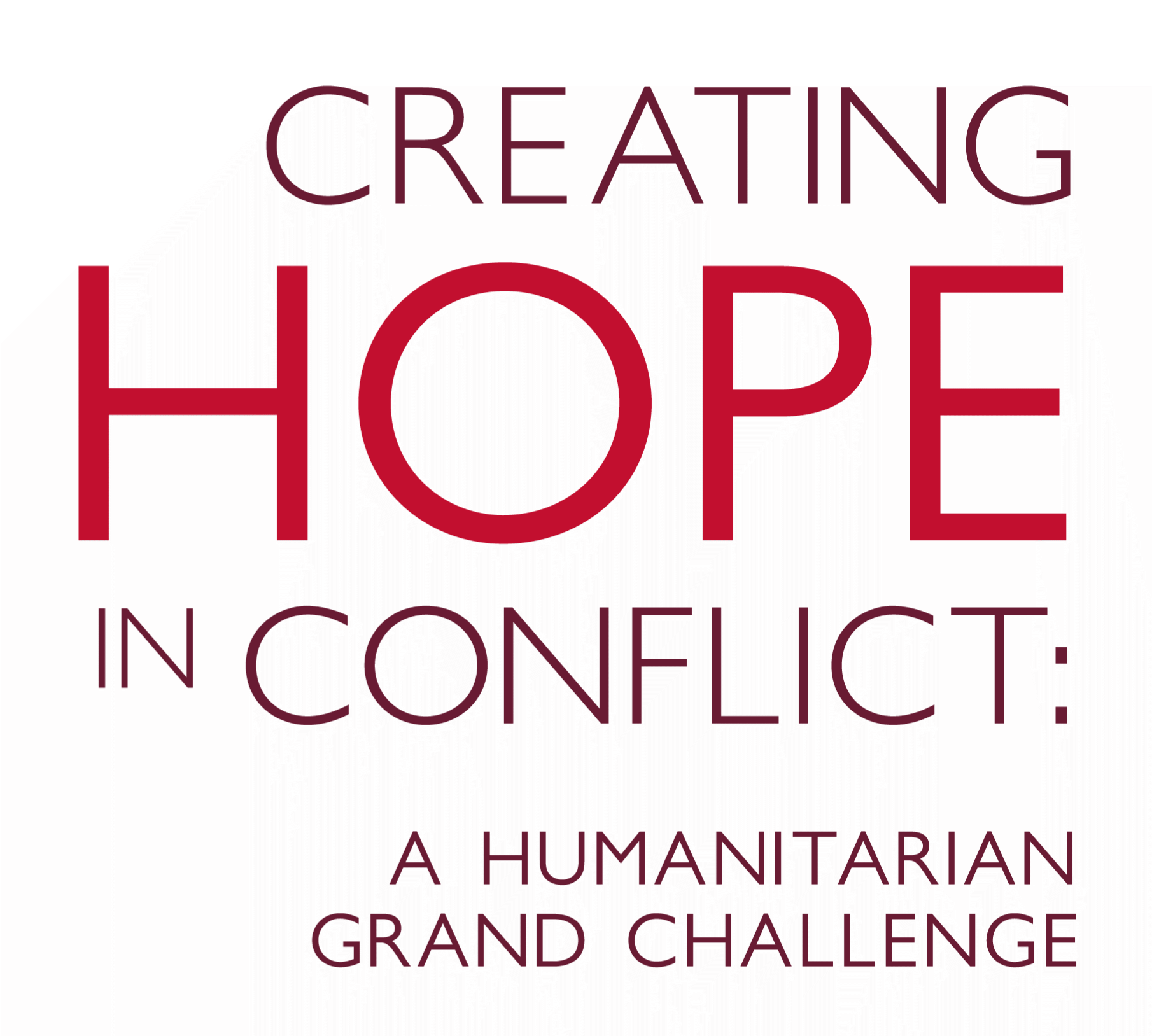Camp Forecast: AI-driven supply chain forecasting to reach 7% more refugees without spending more
THE CHALLENGE
According to some estimates, $1.3 billion of humanitarian aid funding is wasted annually due to outdated supply management practices in refugee camps. This is a major issue when humanitarian supplies are already critically scarce, and it further reduces the reach of the limited available aid. Empirical evidence shows that this enormous human toll can be avoided, however, through implementing better demand forecasting techniques within refugee/IDP camps to better estimate the number and types of humanitarian supplies needed and optimize camp delivery and procurement accordingly.
THE SOLUTION
Building off this evidence, Stichting Elva sought to pilot their award-winning Artificial Intelligence (AI)-driven “Camp Forecast” tool, which helps camp managers to make faster and more accurate demand forecasts, saving up to 7% in operation costs. As the first AI-driven, demand forecasting tool developed for humanitarian settings, Camp Forecast uses proven light touch methods to forecast the number and type of camp residents and associated humanitarian supplies needed in the short, medium, and long terms. With funding from CHIC, Stichting Elva built a dashboard which visualizes datasets that can help inform the IOM regional office in West and Central Africa to improve their support to displaced persons in the Lake Chad Basin region. The dashboard combined primary data collected by the IOM West and Central Africa team’s Stability Index with secondary, open-source data to provide IOM with more nuanced insights into forced displacement in the region. While further testing of the dashboard is needed, the Stichting Elva team has briefed partners from UNHCR’s Innovation Service and data science teams, UN Global Pulse, the Danish Refugee Council, and the Norwegian Refugee Council, who were receptive to the tool and associated lessons learned.
